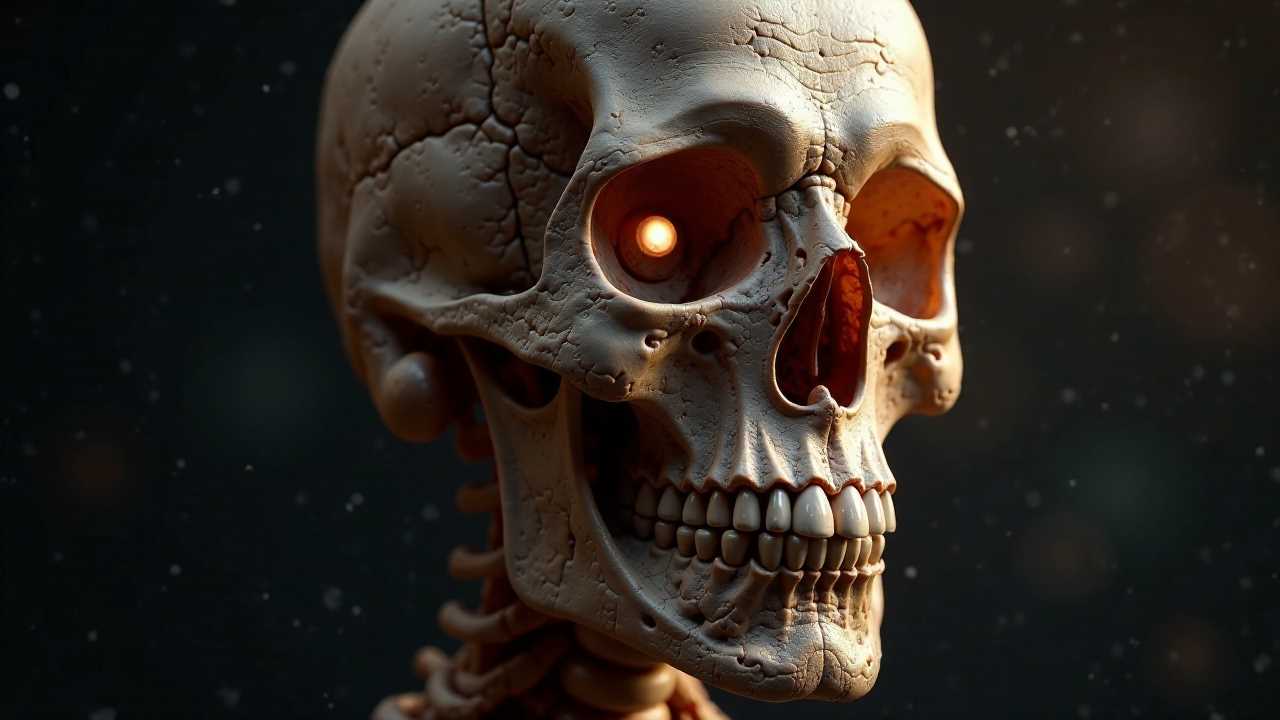
Understanding Facial Animation Techniques
Facial animation techniques are at the heart of creating lifelike characters in the realm of 3D animation. These techniques allow animators to convey emotions, personality, and realism through the nuanced movements of a character's face. Mastering these techniques is essential for anyone looking to excel in animation, whether for films, video games, or virtual reality experiences.
3D Rigging: The Foundation of Facial Animation
3D rigging serves as the backbone of facial animation. This process involves creating a digital skeleton that defines how a character's face will move. By establishing a rig, animators can manipulate the facial features with precision. A well-designed rig allows for a range of expressions, from subtle smiles to exaggerated frowns.
When creating a rig, it is vital to consider the anatomy of the face. Understanding the underlying muscles and how they interact will enable animators to create more realistic movements. Utilizing software like Maya or Blender, animators can set up control points that correspond to different facial features, allowing for intuitive manipulation during the animation process.
Blend Shapes: Achieving Realistic Expressions
Blend shapes are a powerful technique used in facial animation to create a variety of expressions. This method involves sculpting different facial poses and blending them together to achieve smooth transitions between expressions. By using blend shapes, animators can create a library of facial movements that can be mixed and matched to convey complex emotions.
To effectively implement blend shapes, animators should focus on key expressions that define their character. For instance, a character might have blend shapes for happiness, sadness, anger, and surprise. By adjusting the weights of these shapes, animators can create nuanced performances that resonate with the audience.
Keyframing: Timing and Spacing in Animation
Keyframing is a fundamental technique in animation that involves setting specific points in time where certain actions occur. In facial animation, keyframing allows animators to define the start and end points of an expression, as well as the timing of transitions between different facial poses.
To achieve fluid motion, animators must pay close attention to timing and spacing. This involves determining how long an expression should last and how quickly it should change to another. By carefully placing keyframes and adjusting the interpolation between them, animators can create lifelike movements that mimic real human expressions.
Motion Capture: Bringing Realism to Animation
Motion capture technology has revolutionized the field of animation by allowing animators to capture real human movements and translate them into digital characters. This technique involves recording the movements of an actor wearing specialized sensors and then applying that data to a 3D character model.
Using motion capture for facial animation adds a layer of realism that is difficult to achieve through traditional methods. The subtle nuances of human expression, such as the way the eyebrows furrow or the mouth curves, can be captured and replicated with incredible accuracy. However, it is essential to refine the captured data, as raw motion capture can sometimes result in unnatural movements.
Facial Rigging: Crafting Detailed Character Models
Facial rigging is a specialized form of rigging that focuses specifically on the facial features of a character. This process involves creating a complex network of bones and controls that allow for detailed manipulation of the face.
A well-executed facial rig should provide animators with the ability to create a wide range of expressions while maintaining the character's overall design. This requires a balance between complexity and usability. The rig should be intuitive enough for animators to use effectively while still allowing for detailed control over the facial movements.
Texture Mapping: Adding Depth and Realism
Texture mapping plays a crucial role in enhancing the visual quality of facial animations. By applying textures to the character's skin, animators can add depth and realism to their models. This includes detailing features such as pores, wrinkles, and blemishes, which contribute to the overall believability of the character.
When texture mapping for facial animation, it is essential to consider how the textures will react to lighting and movement. High-resolution textures can significantly enhance the visual fidelity of a character, making them more engaging for the audience.
Combining Techniques for Optimal Results
To master facial animation techniques, animators must integrate various methods, including 3D rigging, blend shapes, keyframing, motion capture, facial rigging, and texture mapping. Each technique complements the others, creating a comprehensive approach to character animation.
By understanding the strengths and limitations of each method, animators can choose the right combination for their specific project. This holistic approach not only improves the quality of the animation but also enhances the storytelling aspect, allowing characters to convey emotions and connect with the audience on a deeper level.
The Future of Facial Animation
As technology continues to advance, the field of facial animation will undoubtedly evolve. New tools and techniques will emerge, providing animators with even more ways to create lifelike characters. By mastering the foundational techniques of 3D rigging, blend shapes, keyframing, motion capture, facial rigging, and texture mapping, animators can stay ahead of the curve and produce compelling animations that resonate with audiences worldwide.
In the ever-changing landscape of animation, the ability to adapt and innovate will be key to success. Embracing these facial animation techniques will not only enhance your skills but also elevate the quality of your work, ensuring that your characters come to life in ways that captivate and engage viewers.
 Digital Art InstructionDIY Infographics DesignMobile Game ArtworkPersonalized Logo Design3D AnimationeBook Covers DesignPrivacy PolicyTerms And Conditions
Digital Art InstructionDIY Infographics DesignMobile Game ArtworkPersonalized Logo Design3D AnimationeBook Covers DesignPrivacy PolicyTerms And Conditions
